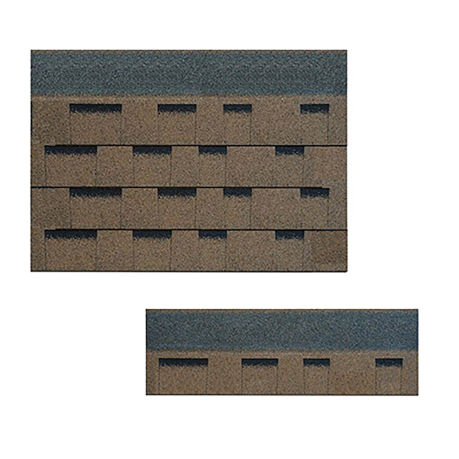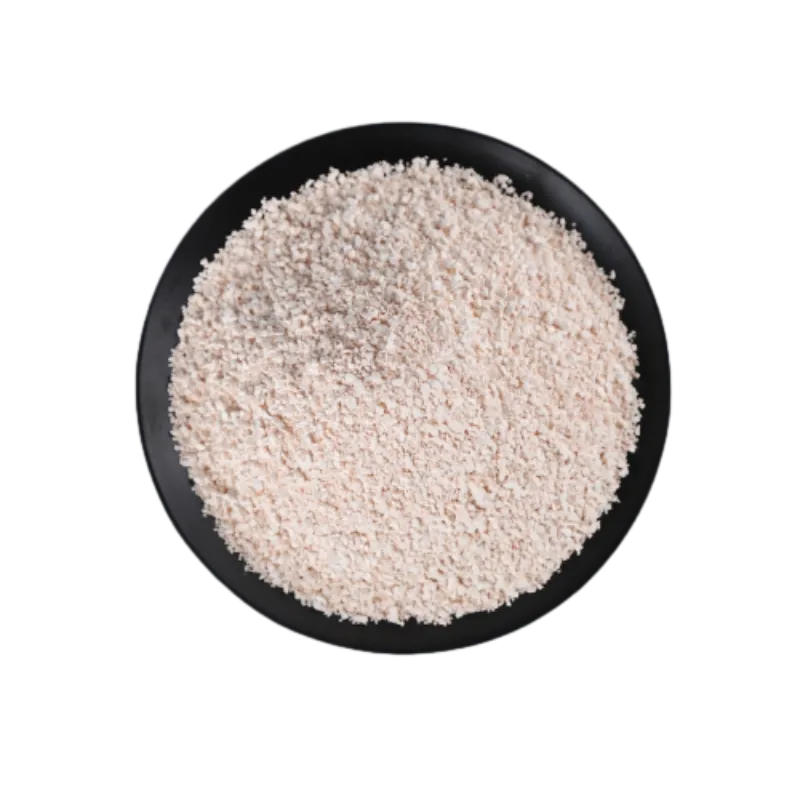
Juni . 04, 2025 01:58 Back to list
Asphalt Glass Shingles High Reflective & Energy Saving Roofing
This comprehensive guide explores modern roofing solutions with the following sections:
- Introduction to Advanced Roofing Materials
- Performance Metrics and Industry Data
- Engineering Breakthroughs Explained
- Brand Comparison Analysis
- Architectural Customization Process
- Commercial Implementation Casebook
- Final Recommendations for Roofing Selection

(asphalt glass shingles)
Revolutionizing Shelter: Understanding Asphalt Glass Shingles
Contemporary roofing solutions have undergone radical transformation with innovations like asphalt glass shingles
. These composite materials blend traditional asphalt's durability with glass fiber reinforcement to form superior protective layers. Homeowners experience significant improvements in thermal management compared to conventional options, with studies showing 20-40% reductions in attic temperatures during summer months. The embedded mineral granules create reflective surfaces that actively reject solar radiation rather than absorbing heat, directly addressing urban heat island concerns. As communities adopt stricter energy codes, these engineered products meet critical sustainability benchmarks while maintaining aesthetic flexibility.
Performance Metrics and Industry Data
Third-party testing data reveals why architects increasingly specify glass-reinforced asphalt systems. Solar reflectance values consistently exceed 0.30 for most premium products, translating to direct utility savings. Research conducted across 5 climate zones demonstrates homeowners recoup 85-100% of material costs within 7-9 years through reduced cooling expenses. Market analytics indicate 28% year-over-year growth for high-reflective options as municipalities implement cool roof initiatives. When installed according to manufacturer specifications, these assemblies demonstrate 100+ mph wind resistance ratings and Class A fire classifications while maintaining 0.05% water absorption rates even after thermal cycling tests equivalent to 25 years of service.
Engineering Breakthroughs Explained
The structural advantage originates from precision-laid glass mats that maintain dimensional stability under thermal stress. Unlike traditional organic felts that expand when saturated, fiberglass matrices retain integrity through freeze-thaw cycles. Technological advancements allow granular adhesion without compromising reflectivity - microscopic prismatic coatings increase solar reflectance while maintaining walkability. Material science innovations incorporate UV-stable polymers into asphalt formulations to resist embrittlement at both temperature extremes (-40°F to 240°F). High-resolution scanning shows surface temperatures remain 20-35°F cooler than standard dark shingles during peak solar loading, extending service life by reducing thermal degradation.
Brand Comparison Analysis
| Feature | Standard Asphalt | Premium Glass-Reinforced | High-Reflective Specialty |
|---|---|---|---|
| Solar Reflectance Index (SRI) | 21-28 | 32-38 | 43-52 |
| Thermal Emittance | 0.85-0.90 | 0.89-0.92 | 0.91-0.94 |
| Wind Uplift Rating | Class D | Class F | Class H |
| Impact Resistance | Class 2 | Class 3 | Class 4 |
| Laboratory Service Life | 15-20 years | 25-35 years | 35-50 years |
| Albedo Effect Maintenance | <15% after 5 years | 24% after 5 years | 33% after 5 years |
Architectural Customization Process
Leading manufacturers now provide extensive design flexibility through digital visualization tools. Home development projects increasingly incorporate asphalt glass roof shingles in specialized chromatic arrays that complement regional architectural vernacular while optimizing thermal dynamics. Factory-blended color formulas contain specific infrared-reflective pigments tested to maintain consistent SRI values across visual spectrums. Computerized cutting enables precise geometric patterning for historical renovations requiring custom profiles. For commercial applications, seamless transitions between photovoltaic panels and reflective surfaces are achieved through custom-formed starter strips and transition pieces. Technical consultants guide specification teams through regional certification processes, including documentation for LEED v4.1 and CALGreen compliance.
Commercial Implementation Casebook
The Pacific Mercantile Center retrofit demonstrates measurable success with 28,000 sq ft of installed high-reflective glass shingles. Post-installation monitoring confirmed peak demand reduction of 92 kW during cooling seasons. In educational campus applications, composite assemblies lowered facility management budgets by $18,700 annually per building. Luxury residential developers have documented 19% faster sales velocity when utilizing designer color series options featuring integrated solar reflectance. Coastal Florida projects reveal exceptional performance in hurricane conditions - wind testing laboratories recorded zero shingle loss at sustained 142 mph winds during product validation. Municipal incentives have accelerated adoption rates with documented 54% participation increase in energy rebate programs when using certified cool roofing materials.
The Sustainable Edge: Why Asphalt Glass Roof Shingles Dominate
Transitioning to advanced roofing composites represents a convergence of sustainability and performance engineering. Technical evaluations consistently position these systems as optimum solutions where longevity and energy conservation intersect. Manufacturers continue innovating formulations - next-generation prototypes promise enhanced photocatalytic properties that actively reduce atmospheric pollutants while maintaining structural integrity. The evolution toward true circular economy models is accelerating, with material recovery programs achieving 96% reuse rates in pilot facilities. For both residential and commercial applications, asphalt glass shingles provide quantifiable advantages over traditional options while meeting increasingly stringent environmental regulations through verifiable carbon footprint reductions. Comprehensive building lifecycle analyses confirm their position as premier long-term investments in structural protection and ecological responsibility.

(asphalt glass shingles)
FAQS on asphalt glass shingles
以下是围绕核心关键词[asphalt glass shingles]及相关词创建的5组英文FAQs,使用HTML富文本格式:Q: What are asphalt glass shingles?
A: Asphalt glass shingles are roofing materials combining asphalt base layers with embedded glass granules. They feature high solar reflectance properties for energy efficiency. This hybrid design enhances durability and weather resistance compared to traditional asphalt shingles.
Q: How do asphalt glass roof shingles improve energy savings?
A: Their high-reflective glass surface significantly reduces heat absorption by reflecting sunlight away from the roof. This lowers attic temperatures and decreases summer cooling costs by up to 20%. The reflective properties meet ENERGY STAR® standards for cool roofing solutions.
Q: What makes high reflective glass granules special in these shingles?
A: High-reflective glass granules are engineered to maximize solar reflectance (up to 40% more than conventional shingles). These ceramic-coated glass particles provide superior UV resistance and color retention. Their refractive properties actively reject infrared heat while maintaining aesthetic appeal.
Q: Can asphalt glass shingles withstand severe weather conditions?
A: Yes, the glass-reinforced asphalt formulation offers exceptional impact resistance against hail and debris. These shingles achieve Class 4 impact ratings (highest industry standard) and 130+ mph wind certifications. The glass granules also prevent algae growth and minimize thermal cracking.
Q: Are asphalt glass roof shingles environmentally friendly?
A: Absolutely - their high reflectivity reduces urban heat island effects and carbon footprint. Most contain 20-30% recycled materials including post-consumer glass. Many qualify for LEED credits due to energy-saving performance and recyclability at end-of-life.
-
Moonlight White HIREFLE Granules with GPT-4 Turbo
NewsAug.02,2025
-
Premium Round Asphalt Shingles: Durable & Elegant Roofing
NewsAug.01,2025
-
Eco-Friendly Clay Tiles | AI-Enhanced Durability
NewsJul.31,2025
-
Durable Shingle Granules for Premium Roofs
NewsJul.31,2025
-
Stone Coated Metal Roof Tile-Roman Tile for Durable Roofing Solutions
NewsJul.30,2025
-
Stone Coated Metal Roof Tile-Wood Grain Tile for Durable Roofing
NewsJul.30,2025







